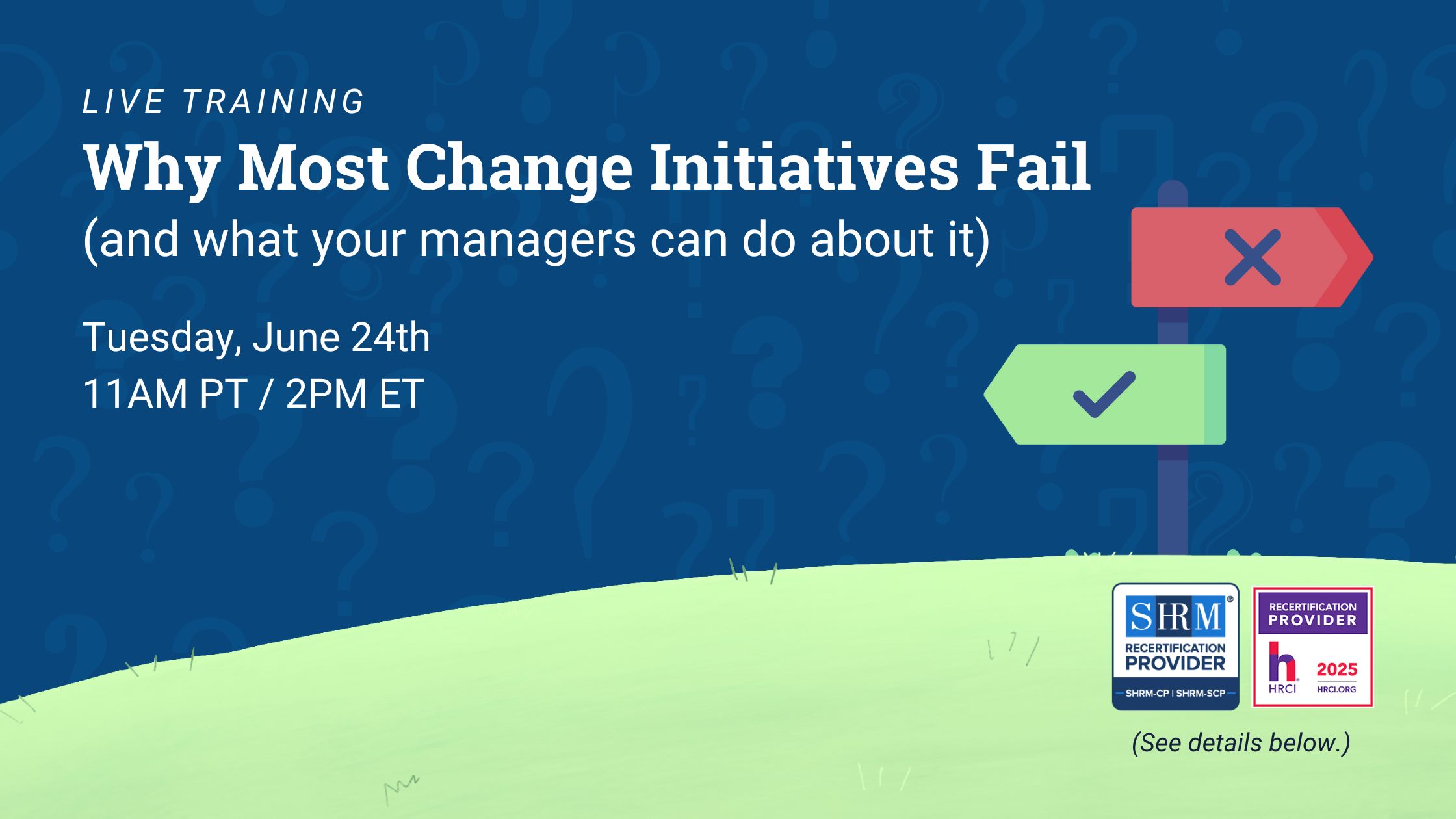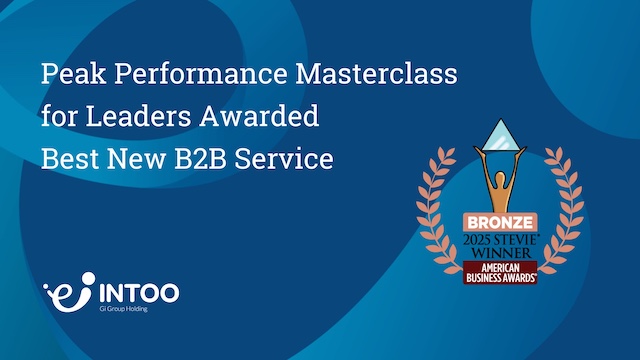Effective leadership communication skills are paramount to fostering a thriving organizational culture and achieving collective goals. When a leader is able to articulate a compelling vision, team members become inspired and aligned, cultivating a shared sense of purpose. Clear communication promotes transparency, reducing ambiguity and mitigating the risk of misunderstandings that can derail progress. Moreover, leaders who master the art of communication foster a collaborative environment, encouraging open dialogue and idea exchange. This skill enhances problem-solving and builds trust and camaraderie among team members. In times of change or challenge, a leader’s communication expertise becomes a guiding beacon, offering reassurance and direction. Strong leadership communication skills ultimately empower individuals, driving motivation and commitment while ensuring that the entire organization moves forward cohesively toward success.
What Are Some Examples of Good Leadership Communication?
Good leadership communication involves clarity, empathy, and inspiration. One notable example is the skillful use of storytelling to convey a vision or strategy. Effective leaders often craft narratives that resonate with their audience, making complex ideas more relatable and memorable. By weaving a compelling story, leaders can capture the imagination of their team, fostering a deeper understanding of the mission and creating an emotional connection that motivates and inspires.
Another example is active listening and inclusive communication. A strong leader recognizes the importance of engaging with team members, seeking input, and valuing diverse perspectives. Actively listening to concerns, feedback, and ideas demonstrates empathy and respect, fostering a culture of openness and collaboration. By acknowledging and incorporating various viewpoints, leaders make individuals feel valued and enhance decision-making processes through a more comprehensive understanding of the issues at hand.
Additionally, the use of consistent and transparent communication during times of change exemplifies effective leadership. Whether addressing challenges or celebrating successes, leaders who communicate openly about the reasons behind decisions, potential impacts, and the broader context provide a sense of stability and trust. Transparent communication builds credibility and helps manage expectations, reducing uncertainty and anxiety and boosting resilience among team members.
In essence, these examples showcase how good leadership communication involves not just transmitting information but also creating meaningful connections, understanding, and shared purpose within a team or organization.
10 Important Leadership Communication Skills
Effective leadership communication is crucial for building a positive company culture, inspiring teams, and achieving success. Here are ten essential skills that every leader should develop:
1. Clarity
Effective leaders prioritize clarity in communication, ensuring that messages are straightforward and easily understood. By avoiding jargon and ambiguities, they reduce the risk of misunderstandings and foster a cohesive understanding of goals and expectations within the team. When team members grasp the reasons behind decisions, they can better align their efforts with the business’s objectives. Leaders enhance clarity by demystifying the decision-making process, empowering the team to work cohesively toward shared goals with heightened efficiency and productivity.

2. Active listening
Active listening is a core communication tactic of leaders. Leaders who practice active listening create an inclusive and supportive environment. By giving full attention to speakers, repeating what they’ve heard back to them, and asking clarifying questions, they demonstrate empathy and understanding. This skill strengthens interpersonal relationships and enables leaders to gather valuable insights, enhancing decision-making processes.
3. Empathy
Empathetic leaders connect with their team emotionally, recognizing and validating the feelings and perspectives of individuals. This empathy fosters a positive work culture, promoting collaboration, trust, and mutual respect. Through empathetic communication, leaders demonstrate genuine concern for the well-being of their team members, creating a supportive environment where individuals feel valued and understood.
4. Adaptability
Successful executives tailor their communication styles to suit diverse audiences and situations. Recognizing that one size does not fit all, they adjust their approach to effectively engage with different personality types, roles, and cultural backgrounds. This adaptability ensures that messages resonate with various stakeholders, promoting understanding and cooperation. Whether communicating with team members, partners, or the wider organization, adaptable leaders maximize the impact of their messages.
5. Confidence
Confidence in communication is a key leadership trait that instills trust and credibility. Leaders who speak with assurance inspire confidence in their team, fostering a sense of security and stability. Confident communication involves maintaining poise under pressure, expressing ideas with conviction, and projecting an aura of competence. This behavior not only enhances the leader’s influence but also contributes to a positive team dynamic, motivating individuals to tackle challenges with optimism and determination.
6. Transparency
Transparent communication involves openly sharing information regarding organizational decisions, strategies, and challenges. Leaders who prioritize transparency build trust within their teams, as it demonstrates honesty and integrity. By keeping team members informed, leaders empower them to understand the broader context, fostering a sense of ownership and commitment. Transparent leaders also encourage open dialogue, allowing for constructive feedback and collaborative problem-solving.
7. Feedback delivery
Effective leaders master the art of delivering feedback constructively and positively. By offering specific and actionable insights, they guide individuals toward improvement without demotivating or discouraging them. This feedback loop becomes a two-way street, enhancing interpersonal relationships and enriching decision-making processes by incorporating diverse perspectives and valuable insights from team members. Also, constructive feedback is timely, focused on behavior rather than personal traits, and includes suggestions for growth. This approach creates a culture of continuous learning and development, where team members feel supported and encouraged to enhance their skills.
8. Storytelling
Storytelling is a powerful communication tool that leaders can use to convey complex ideas and inspire their teams. By framing messages within a narrative structure, leaders make information more relatable and memorable. Stories evoke emotions, creating a deeper connection with the audience and facilitating better retention of key concepts. Through convincing storytelling, leaders can communicate the organization’s vision, values, and goals compellingly and engagingly, motivating and aligning their teams toward shared objectives.
9. Conflict resolution
Leaders adept in conflict resolution address interpersonal or team conflicts promptly and diplomatically. They create a safe space for open dialogue, allowing all parties to express their concerns while actively listening to diverse perspectives. Through effective communication, leaders guide the resolution process, seeking common ground and facilitating compromise. Constructively addressing conflicts not only preserves team dynamics but also promotes a positive work culture where individuals feel heard and valued.
10. Non-verbal communication
Non-verbal cues such as gestures, body language, and facial expressions play a crucial role in leadership communication. Leaders who master non-verbal communication convey authenticity, sincerity, and confidence. Consistent eye contact, appropriate gestures, and mindful posture enhance the impact of verbal messages, making leaders more approachable and engaging. Understanding and controlling non-verbal signals enable leaders to reinforce their verbal communication, ensuring that their overall message is clear, consistent, and compelling.
Improve Your Team’s Leadership Communication Today
Honing leadership communication skills is a continuous journey that yields significant benefits for both leaders and their teams. By actively listening, fostering empathy, and mastering various communication techniques, leaders can inspire trust, resolve conflicts, and drive their organizations toward success. Invest in communication training for leaders to empower your team and enhance overall organizational effectiveness.
INTOO offers a variety of leadership development programs, including coaching, workshops, and training. Contact us today to learn how we can help your organization’s leaders.











